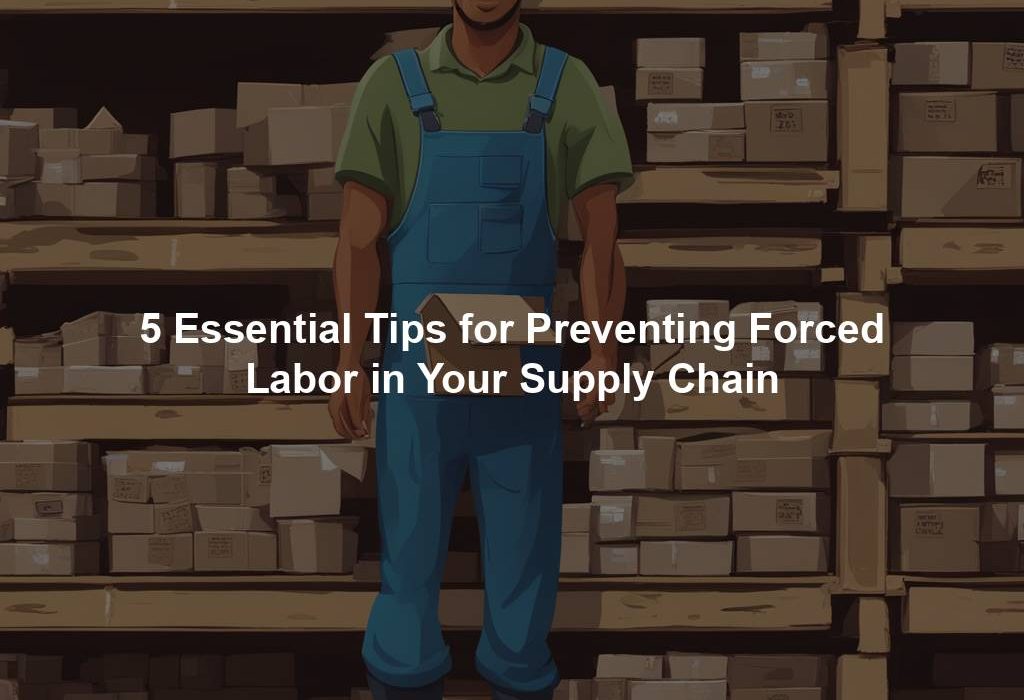Human trafficking in supply chains remains a widespread problem impacting countless individuals globally. From the clothes we wear to the gadgets we rely on, human trafficking lurks within various industries. Companies bear the responsibility of guaranteeing that their supply chains are devoid of human trafficking and violations of human rights. In this piece, we will delve into five crucial strategies for combatting human trafficking in your supply chain.
Strategy 1: Execute comprehensive due diligence on suppliers
Engaging in thorough due diligence on suppliers stands as one of the most potent methods to combat human trafficking in your supply chain. This encompasses performing risk assessments, audits, and inspections to verify that your suppliers operate ethically and in alignment with labor regulations. By collaborating with suppliers who uphold stringent labor standards, you can diminish the likelihood of human trafficking within your supply chain.
Strategy 2: Define explicit policies and procedures
Establishing well-defined policies and procedures that explicitly forbid human trafficking in supply chains is imperative. These policies should elucidate the company’s dedication to ethical sourcing practices and outline the repercussions for suppliers involved in human trafficking. By setting transparent expectations and enforcing accountability, companies can instill a culture of zero tolerance for human trafficking.
Strategy 3: Offer training and capacity-building initiatives
Training and capacity-building initiatives serve as invaluable tools for combatting human trafficking in supply chains. Companies should impart training to their supply chain associates regarding labor rights, ethical sourcing practices, and the significance of adherence to labor laws. By furnishing suppliers with the necessary knowledge and support to maintain high labor standards, companies can impede human trafficking from taking root in their supply chains.
Strategy 4: Cultivate transparency and cooperation
Transparency and collaboration stand as pivotal components of an effective anti-human trafficking strategy. Companies should forge close partnerships with their suppliers to foster transparency and promote open dialogue regarding labor practices. By nurturing a collaborative rapport with suppliers, companies can address issues proactively and collaborate to prevent human trafficking within the supply chain.
Strategy 5: Monitor and assess performance consistently
Lastly, companies must continually monitor and evaluate the performance of their suppliers to guarantee compliance with labor standards. This necessitates regular assessments, audits, and inspections to identify any potential human trafficking risks. By monitoring supplier performance and ensuring accountability for their actions, companies can take preemptive measures to combat human trafficking within their supply chains.
To sum up, human trafficking poses a grave human rights concern that demands attention within companies’ supply chains. By adhering to these five vital strategies – executing comprehensive due diligence, defining explicit policies, offering training, fostering transparency, and monitoring performance – companies can take tangible steps towards combatting human trafficking and advocating for ethical sourcing practices. Ultimately, it falls upon businesses to prioritize ethical sourcing practices and proactively combat human trafficking within their supply chains.




